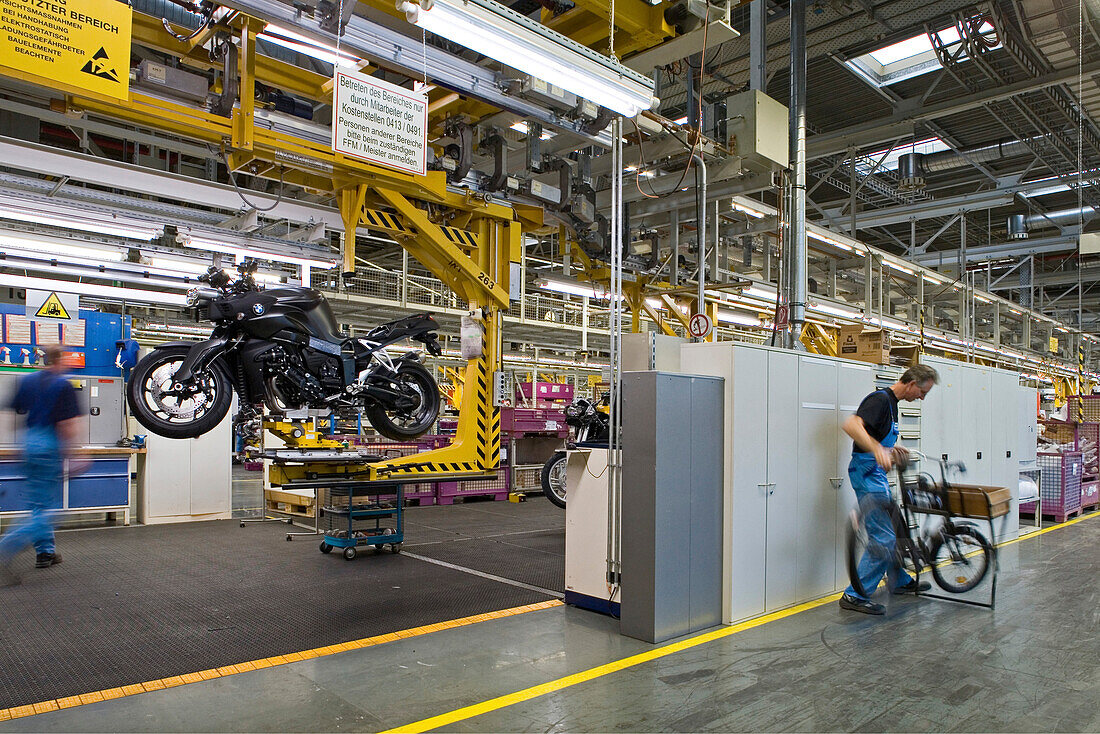
How to Eliminate Uneven Application and Runs in Motorcycle Paint?
Share
For motorcyclists and enthusiasts, your bike's paintwork is a reflection of not just the vehicle itself but also your personal style and passion. However, achieving a seamless finish can often be a challenge. This brings us to the critically important topic of eliminating uneven application and runs in motorcycle paint. In this article, we will delve into practical strategies, tested techniques, and the right tools needed to achieve that flawless paint job.
Whether you're painting your motorcycle for the first time or simply refurbishing an older model, uneven paint application can be a source of immense frustration. This guide is especially valuable for tech professionals who value precision and quality in their projects.

The Importance of a Smooth Finish
Nothing turns heads quite like a well-painted motorcycle. A flawlessly executed paint job can enhance the aesthetic appeal of your bike while also protecting its surface from environmental damage. Moreover, a perfect finish reflects your attention to detail and dedication to your craft.
Understanding Uneven Application
Uneven application usually manifests as streaks, uneven gloss, or patches of color that dont match the entire bodywork. If youve experienced this issue, you are not alone. Here are a few reasons why uneven application might occur:
- Lack of preparation: Not adequately prepping the surface before painting.
- Inconsistent spray technique: Variation in distance, speed, and angle while applying the paint.
- Poor-quality materials: Using subpar paint or incorrect primers can dramatically affect the finish.
Prepping Your Motorcycle for a Flawless Finish
The first step in eliminating uneven applications is thorough preparation. Follow these steps to ensure your bike is ready for painting:
1. Clean the Surface Thoroughly
Use a degreaser to remove any grime, oil, or residues. It is advisable to take your time with this step; a clean surface leads to a better bond between your motorcycle paint and the body. Once clean, drying the surface with a clean microfiber towel is essential to avoid moisture interference during painting.
2. Sanding
Using the appropriate sandpaper, sand down the surface to remove any imperfections. Begin with a coarser grit and gradually move to a finer one for a smooth finish. Proper sanding promotes adhesion and helps to evenly distribute the paint.
3. Masking
Proper masking is vital to prevent overspray on areas you dont want painted. Blue painter's tape is often a go-to choice due to its ease of removal and effectiveness. Ensure your masking is neat to keep a clean line.
Choosing the Right Paint and Tools
Quality Paint
Never underestimate the power of high-quality paint. Investing in top-tier paint ensures superior adherence, color accuracy, and durability. Additionally, dont forget about the importance of selecting the right type of paint for motorcycles, as they often require specific finishes.
Tools Matter
Using the right tools can significantly impact your final results. You'll need:
- A quality spray gun
- Proper air compressor settings
- Protective gear, including gloves and a mask
Application Techniques: Getting It Right
With everything prepared, its time to apply the paint. Here are some tips to help you:
1. Proper Distance and Angle
Maintain a consistent distance of around 12-16 inches from the surface while spraying. Also, keep a steady angle to avoid blotches or drips.
2. Multiple Light Coats
Instead of applying one thick coat, go for multiple thin layers. This method prevents runs and creates a more even finish. Allow sufficient drying time in between coats, as specified by the paint manufacturer.
3. Avoid Temperature Extremes
Your working environment matters. Paint in a temperature-controlled area to avoid issues with drying time and adhesion.
Fixing Existing Runs and Uneven Paint Applications
If you notice imperfections after painting, don't despair. With knowledge and patience, you can fix these issues:
1. Flattening Runs
If you've ended up with runs, use a fine-grit sandpaper to sand down the area gently. Be careful not to remove too much material, as you can risk compromising the paint's base. After flattening the runs, polish the area to restore gloss.
2. Blending Uneven Sections
For any patches that don't match, carefully blend the edges with fine sanding. Follow that up with an application of additional paint to ensure uniformity.
Maintenance for a Lasting Finish
Once you've achieved that desirable paint job, further maintenance is crucial in keeping it looking pristine. Regular washing, waxing, and touch-ups will prolong the aesthetics of your motorcycle.
Conclusion
Achieving a flawless paint job on your motorcycle doesnt have to be overwhelming. By understanding the causes of uneven application, following proper prep steps, utilizing quality materials, and adopting effective application techniques, you can eliminate uneven application and runs in motorcycle paint entirely. The satisfaction of mastering your motorcycle's visual appeal is well worth the effort.
For further information on motorcycle painting techniques, feel free to check out Apex Custom Paint. Additionally, for specific questions you may have, we've included a FAQ section below.

FAQ
1. What type of paint is best for motorcycle applications?
Typically, urethane paints are recommended due to their durability and gloss retention.
2. Can I fix a run in my paint job?
Yes, with careful sanding and repainting, runs can be fixed effectively.
3. How long should I wait between coats?
This depends on the paint type, but generally, 15-30 minutes is recommended for most spray paints. Painting Motorcycle Rims is a good read for additional tips on motorcycle aesthetics.
Apex Competition Paint also provides further insights into custom paint options.